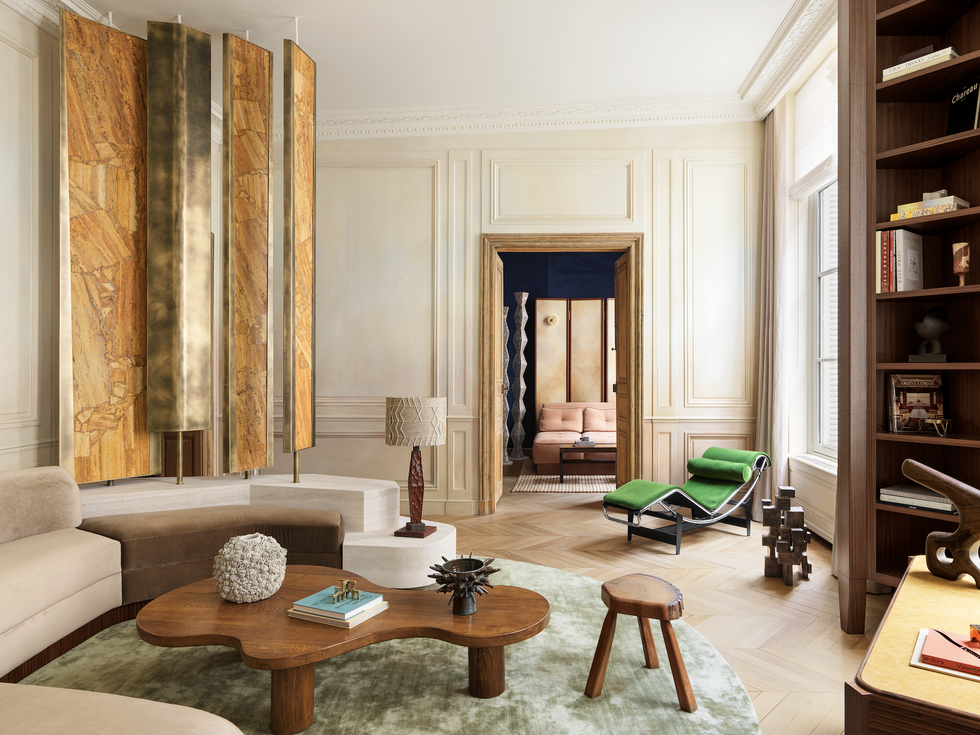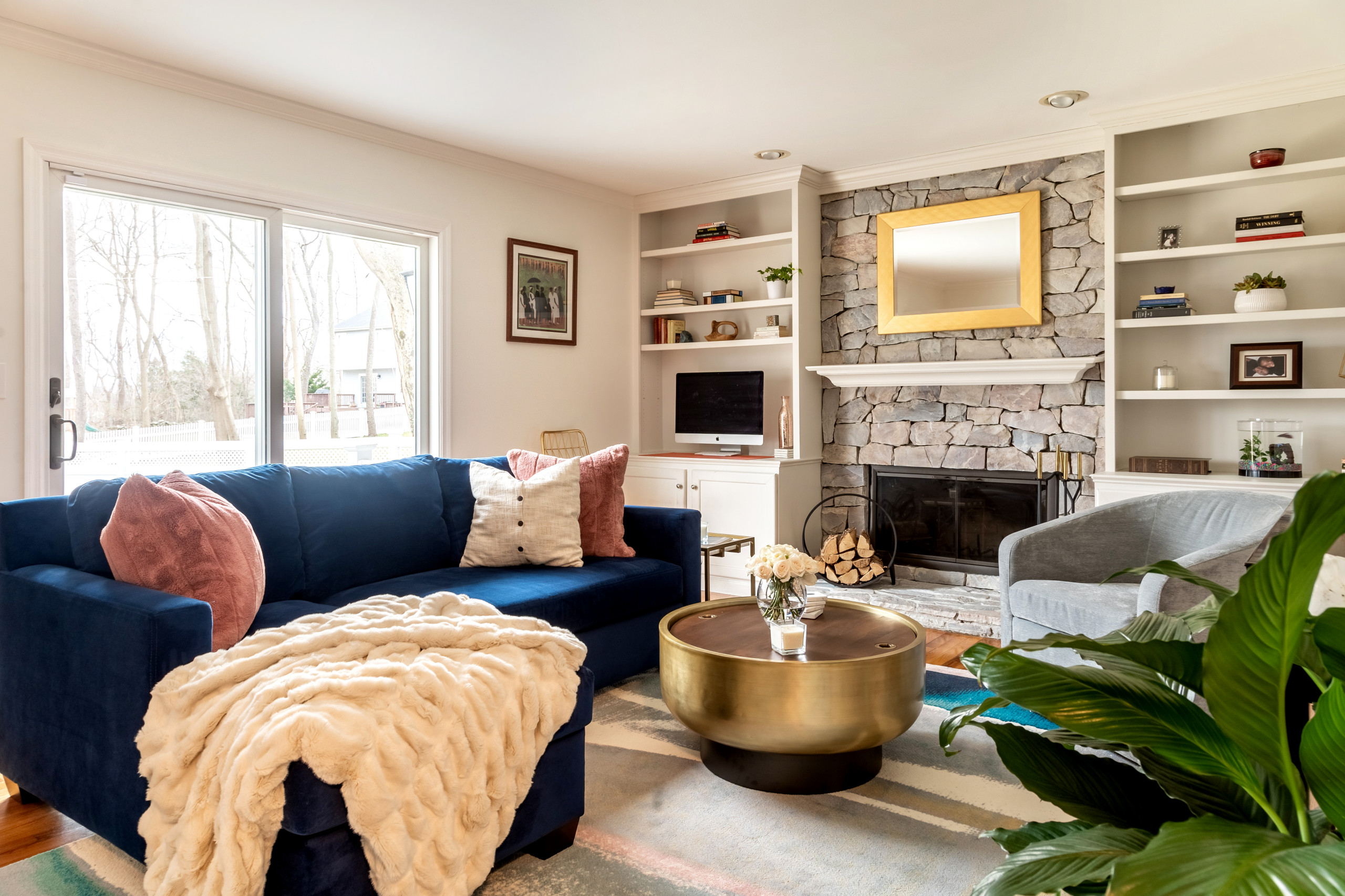Unleash Your Inner Developer With Space Designer Insights
Space Developer Insights provide a detailed overview to understanding the subtleties of shade psychology, furnishings placement, lights methods, and the art of blending patterns and appearances. By diving into these understandings, people can open the potential to produce spaces that not just show their unique design however likewise evoke a feeling of consistency and comfort.
Comprehending Color Psychology
Colors have the power to evoke details sensations and established the tone for a room, making it critical for designers to understand color psychology. Cozy colors like red, orange, and yellow can create a comfy and inviting environment, best for social rooms like living cooking areas or spaces.
Along with the standard color categories, various shades and tones can better influence state of mind. A brilliant, saturated color can invigorate a room, while a soft, pastel shade can induce a sense of tranquility. It is necessary to think about private and cultural distinctions when picking colors for an area, as particular shades might have different definitions or associations throughout numerous groups. By meticulously choosing and incorporating shades based upon their mental effects, indoor developers can produce harmonious and impactful areas that satisfy the feelings and habits of the occupants.
Furnishings Placement Tips
When preparing furnishings in a space, tactical positioning can substantially affect the performance and appearances of the room. One key tip is to consider the room's centerpiece, such as a fireplace, big window, or home entertainment center, and orient the furnishings around it. This develops a feeling of equilibrium and attracts attention to the area's standout function.

An additional important factor to consider is the scale and percentage of the furniture. Make sure that the dimension of the furnishings matches the size of the room. Stay clear of congestion by leaving adequate area in between items for a comfy and aesthetically pleasing layout.
Lighting Techniques for Atmosphere
Efficient illumination methods play a vital function in establishing the setting and state of mind of a room, enhancing its overall ambience and performance. Ambient lights offers total lighting, commonly via ceiling-mounted fixtures or wall surface sconces, creating a comfortable degree of illumination in the room.
In enhancement to the sorts of lights, the shade temperature of bulbs also impacts the setting. Warmer tones (around 2700-3000 Kelvin) develop a comfy and inviting ambience, appropriate for living areas and rooms, while cooler tones (around 3500-4100 Kelvin) are a lot more invigorating and suitable for task-oriented locations like kitchen areas or office. By tactically integrating various lighting types and adjusting shade temperature levels, you can transform a space right into a versatile and welcoming area.
Mixing Patterns and Structures
To raise the visual allure and deepness of a space, masterfully integrating a mix of appearances and patterns can bring a engaging and dynamic element to the space. When incorporating patterns, consider the range and strength of each layout. Set larger, bold patterns with smaller, much more delicate ones to produce a balanced appearance that doesn't overwhelm the eye. Mixing appearances, such as smooth velvet with harsh woven products, adds tactile passion and can make a space feel a lot more welcoming.

Remember to layer patterns and structures attentively throughout the room, integrating them in products like rugs, throw pillows, curtains, and upholstery. This strategy permits for a visually stimulating environment that mirrors your special layout perceptiveness.
Customizing Your Room
Incorporating personal touches right into your living area can transform it into a the original source representation of your one-of-a-kind individuality and design preferences. Personalizing your room involves instilling components that resonate with you on a deeper level.
Another way to customize your room is by including colors that anonymous evoke certain feelings or memories. Whether you like soothing blues, stimulating yellows, or sophisticated neutrals, choosing shades that reverberate with you can develop an extra inviting environment. Additionally, integrating customized design such as customized picture frameworks, monogrammed toss pillows, or handmade crafts can even more boost the individuality of your room.
Furthermore, do not undervalue the power of including elements that reflect your pastimes, passions, or cultural history. Whether it's a bookshelf full of your favored reviews, a gallery wall showcasing your digital photography abilities, or textiles that commemorate your heritage, these personal touches can absolutely make your room seem like home.
Conclusion
Including color psychology, calculated furniture positioning, effective illumination methods, and the art of mixing patterns and structures can change any type of room right into a visually appealing and harmonious space. Customizing the design further boosts the overall visual, developing a space that mirrors specific design and character. By applying these insights, indoor design abilities can be raised, causing a useful and visually pleasing living atmosphere.
Warm colors like red, orange, and yellow can create a cozy and inviting ambience, ideal for social spaces like living kitchen areas or areas.When organizing furniture in a room, strategic positioning can significantly influence the capability and visual appeals of the space. By purposefully incorporating various lights kinds and readjusting shade temperatures, you can change a space into a versatile and inviting space.
Additionally, take into consideration the style of the room-- for a more typical space, opt for classic patterns like stripes or damask, while a modern area may profit from abstract or geometric layouts. - Furniture Stores Near Me
Integrating color psychology, calculated furnishings positioning, effective lights strategies, and the art of mixing patterns and structures can transform Resources any type of area right into a visually appealing and unified area.